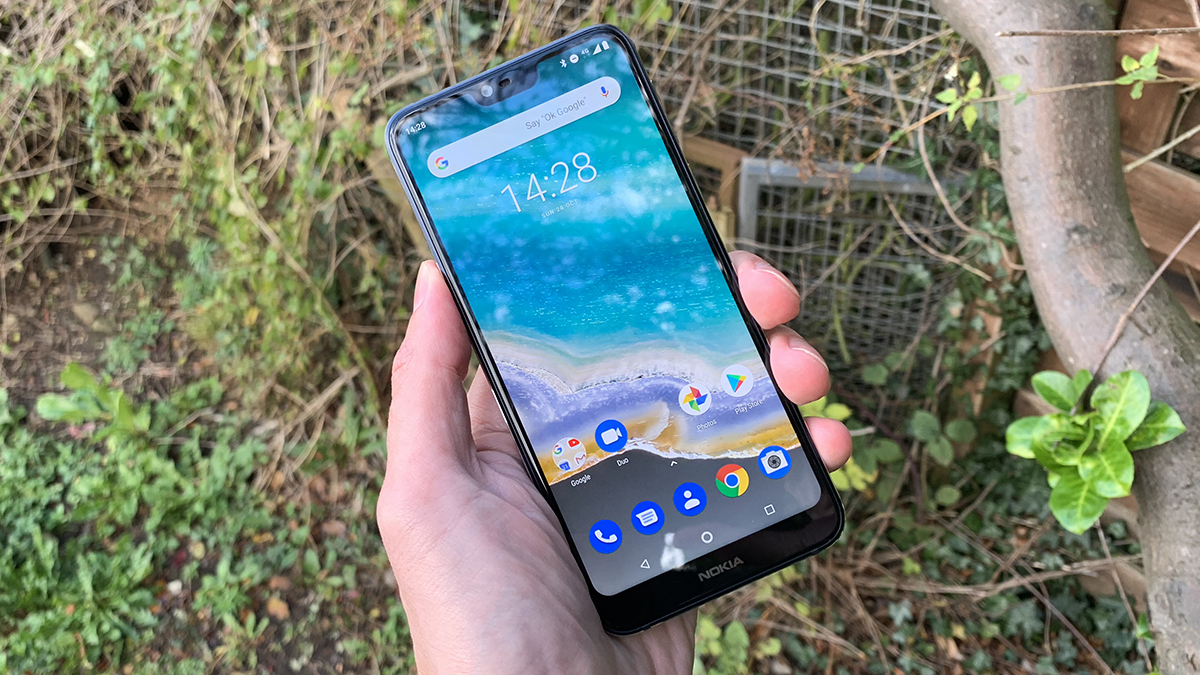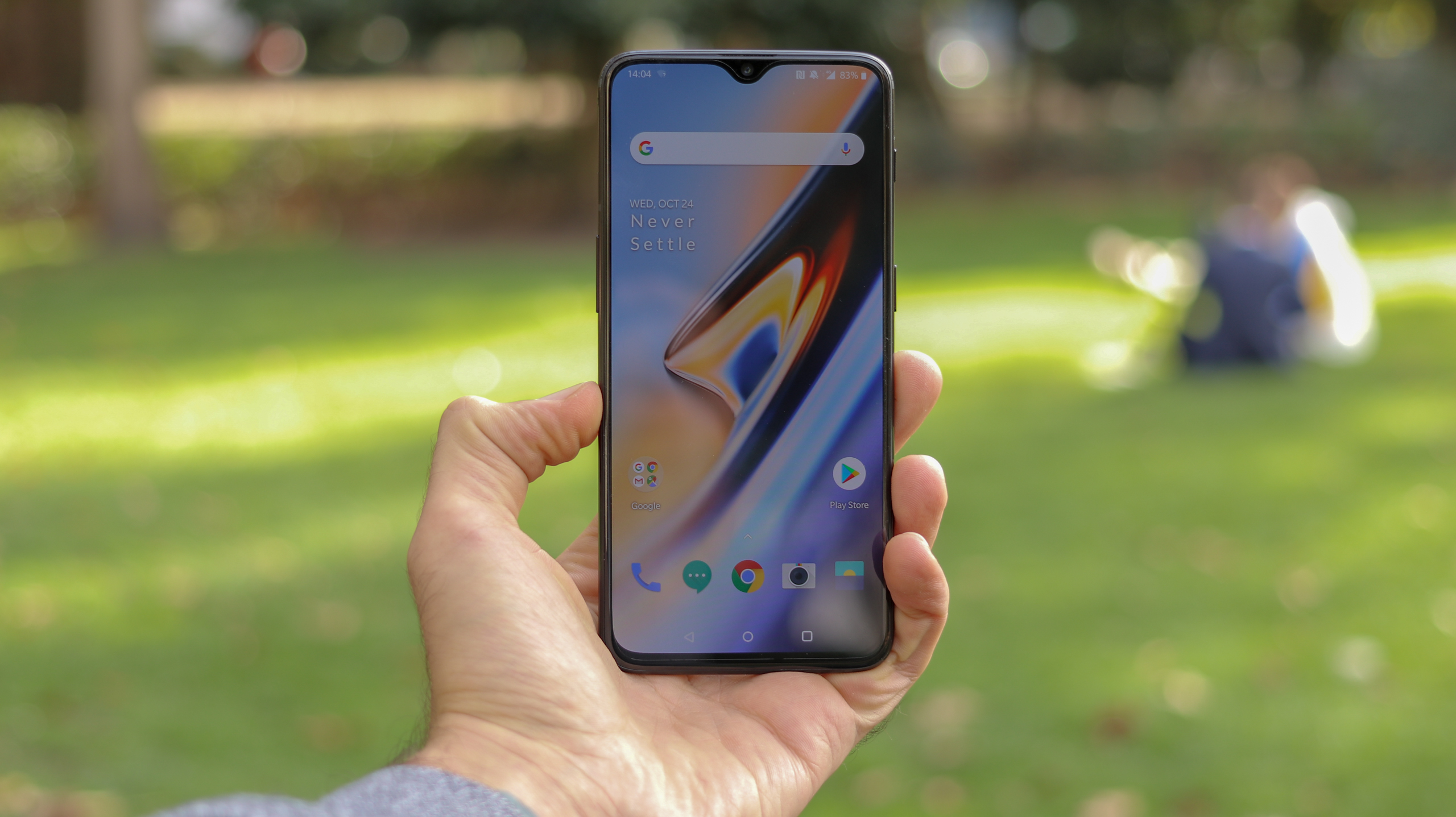Why you can trust TechRadar
Verdict
The Pocophone F1 is a lot more exciting than you might expect for the price. Though it packs a plastic build and a utilitarian design, it houses a powerhouse processor and an eye-catching price tag.
While many smartphones being released now struggle to find their own identity, as manufacturers use the same reference designs and internals, the Pocophone F1 has a strong identity of its own.
Beyond this, it is also an astonishingly well-rounded smartphone for the price point. The chipset is powerful enough to handle anything thrown at it, it has ample RAM and storage, along with excellent battery life. The cameras on the front and back are solid performers, and the display is bright and colorful.
The MIUI software is heavy-handed, but this won’t trouble the average user, and while there are a few quirks and bugs to be negotiated, there are also a number of nice quality-of-life additions.
Who's this for?
The Pocophone F1 is for anyone who wants flagship specs on a much lower budget, particularly if you don't mind a slightly awkward interface and that it comes from a brand which - for many - will be almost unknown. It's also a good choice if you particularly value strong battery life.
Should you buy it?
In all, there isn’t a better bargain to be had at this end of the market, and this is an easy recommendation from us.
Indeed, the only major let-down of the Pocophone F1 is its limited availability. Although it is now available in much of Europe, it isn’t sold in the US or in many other territories, leaving importing as the only option, with all of the problems that entails.
Sign up for breaking news, reviews, opinion, top tech deals, and more.
It's worth noting that you're not getting premium design in any way, but for the cost-savvy user who wants solid performance throughout this is a very good choice.
First reviewed: January 2019
Competition
Although the Pocophone F1 is arguably the strongest handset at this price point, it isn’t without competition. The likes of Honor and Nokia are selling less powerful handsets that nonetheless each come with their own set of strengths.
Examples of these can be found below, as can the OnePlus 6T - a pricier but still excellent value flagship.
Honor Play

The Honor Play retails at £100 less than the Pocophone F1 in the UK. For this, it offers a metal build, a Kirin 970 chipset, a 6.3-inch 1080 x 2340 display and a 3,750mAh battery.
Although not quite as powerful as the Pocophone F1, it has the advantage of Huawei’s established presence in the UK market and correspondingly more comprehensive repair service coverage. For those with a smaller budget, this might be a slightly stronger option.
Read our full Honor Play review
Nokia 7.1

The Nokia 7.1 is priced similarly to the Pocophone F1 in the UK. It features a 5.84-inch screen, a stylish glass and metal build, a powerful dual-lens camera and a stock version of Android.
However, it uses only a Snapdragon 636 chipset, which is adequate for a mid-range phone but isn’t in the same league as the Snapdragon 845, making this a worse choice for power users.
Read our full Nokia 7.1 review
OnePlus 6T

The Oneplus 6T is the darling of the power user on a budget. Featuring a nicer build, an OLED screen and more bells and whistles than a trainyard, it is a stronger device in almost every regard than the Pocophone F1.
Its Achilles’ heel however, is its price. Though far cheaper than, say, an iPhone XS, it is a fair chunk more expensive than the Pocophone F1, and this alone could rule it out of many users’ purchasing process.
Read our full OnePlus 6T review

Sudhanshu Singh have been working in tech journalism as a reporter, writer, editor, and reviewer for over 5 years. He has reviewed hundreds of products ranging across categories and have also written opinions, guides, feature articles, news, and analysis. Ditching the norm of armchair journalism in tech media, Sudhanshu dug deep into how emerging products and services affect actual users, and what marks they leave on our cultural landscape.
His areas of expertise along with writing and editing include content strategy, daily operations, product and team management.
